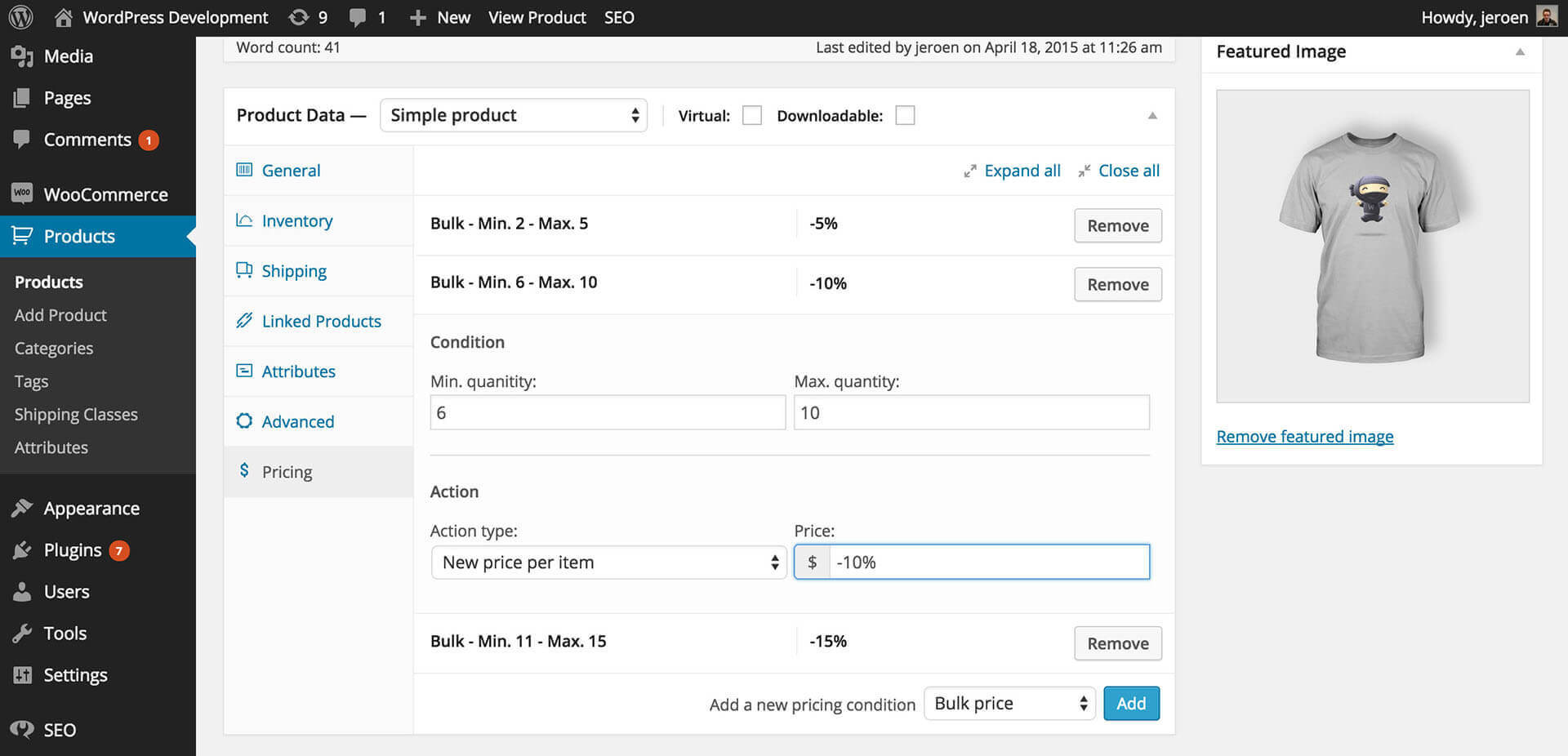Posted 12.06.2017
By Rob Twells
Any e-commerce site has one primary goal – to generate sales. This should be the driving force behind any decision you make about your website and will shape design, features and even the platforms you work with.
A well-optimised website will have a huge impact on your conversion rate – a better experience leads to more buying confidence and loyalty to your service. Benchmark your site against our checklist for e-commerce success and see how your website fares.
Don’t hit the go button until you’ve got the following squared away. Ignoring any of these could hit your success really hard, so make sure you think about each ahead of time!
You must ensure that your website is a safe and secure place for users to browse and purchase from. This involves ensuring your website – or at the absolute minimum your basket – is delivered over https, that your data storage and capture systems are robust, and that you appropriately manage user accounts.
If you’re building a new website from scratch, this isn’t too big an issue – though you’ll want to lay out requirements beforehand. For an existing site that isn’t secured appropriately, it can be quite the headache. You’ll need to carefully migrate your website over to https without losing traffic at the same time. It’s an involved task, but the results are more than worth it; Google has stated that site security is a direct ranking factor for organic search. Feel free to get in touch if you’d like advice on the process of https migration.
It’s no secret that mobile devices rule the internet these days, and you never know what device people will visit your site from. It pays to ensure that users are given a superb experience across all devices, especially when dealing with category pages containing a large volume of products or product pages that contain swathes of information.
It’s very likely that you’ll need to take a few extra steps than just ensuring everything shrinks and fits appropriately; make sure that the mobile experience is optimised, not just adjusted. Adjust visible content when it’s too long (tech specs & returns policies are candidates), rearrange the pages themselves to better, and change menu implementations to allow for quick and easy navigation.
Picking the right ecommerce platform for you will depend on a number of factors; price, core functionality, ease of use, content management capabilities, the scale of the service catalogue. You’ll want to research the most popular platforms before committing as you’ll be pinning your entire site on the functionality.
Popular platforms include Magento, Shopify, WooCommerce and SquareSpace, though there are a large number of additional options to consider. You’ll also need to consider the actual integration of the platform too, which will likely require some expert help to properly set-up.

Taking the time to invest in quality product or service imagery will go a long way to securing a sale. People want to feel as informed as possible when making a purchase, and a collection of images will be the best way of providing that.
Not only will it ensure your product pages look better, but it will also give an accurate representation of the purchase, leading to fewer returns and more conversions. If you have the capacity within your business, it’s worth taking your own photographs and editing them as appropriate – the typical imagery provided by brands is often lower quality and won’t separate you from your competitors either.
Always design your website to cater to your brand style guidelines, as you’ll want users to remember and use your service on a repeat basis. This could involve simple colour palette choices and logo integrations to unique services or loyalty schemes that you can implement.
Furthermore, having user accounts will give buyers more confidence in your brand and increase the odds that they’ll return for another purchase down the line.
These aren’t quite as vital to have but will certainly go a long way to ensuring users get a better experience on-site.
Giving visitors more tools to engage with you is always going to lead to a positive experience, and lines of communication are a key factor in delivering a top-quality service. Live chat is a great way to let users ask a question without having to pick up the phone or wait for an email response; convenience is king!
This one is specifically for mobile users and won’t be a necessity for some websites, but for an e-commerce platform that relies on small, repeat purchases, an app could be a great addition. Giving users a convenient way to quickly login, search and buy – all in a package that’s been designed from the ground up for mobile – is a surefire way to create additional conversions.
There is a very real challenge to increasing your install base to make the app worthwhile, but if you have a healthy amount of repeat traffic, it’s certainly an option you could consider.
Before embarking on an e-commerce adventure, make sure you’ve mapped out your goals and requirements explicitly. It’s much harder to build on an existing site without disruption than it is to get things right from the get-go!
We’re experts at developing slick e-commerce websites; if you have any questions or want to dive in, get in touch! Tell us about your project and we can give you a quote.
Our Services
Recent posts
The Beginner’s Guide to Setting Up Your First eCommerce Store
Posted 25/03/2025 by Frogspark
How to Create Cost-Effective, Engagement-Boosting Videos For Your Website
Posted 11/02/2025 by Frogspark
Building Better Website Forms To Drive More Conversions (and Revenue)
Posted 27/01/2025 by Pete Bingham
Need help with your web design or digital marketing?
Talk to an expert today or call us on 01332 493766
Part of The Digital Maze Group